Advanced Search
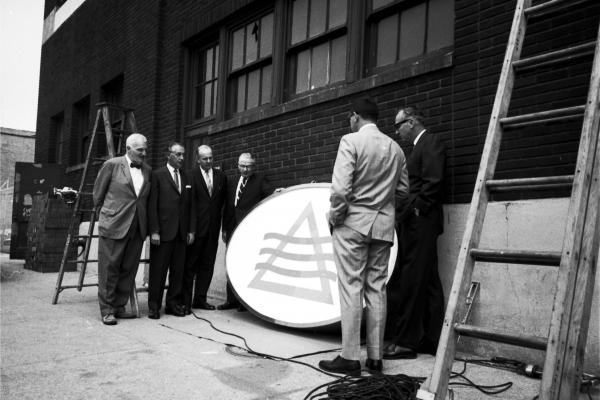
The University City Science Center was the nucleus of the West Philadelphia Corporation's University City branding initiative. Gaylord P. Harnwell, president of the University of Pennsylvania (1953-1970), appears at the far left.
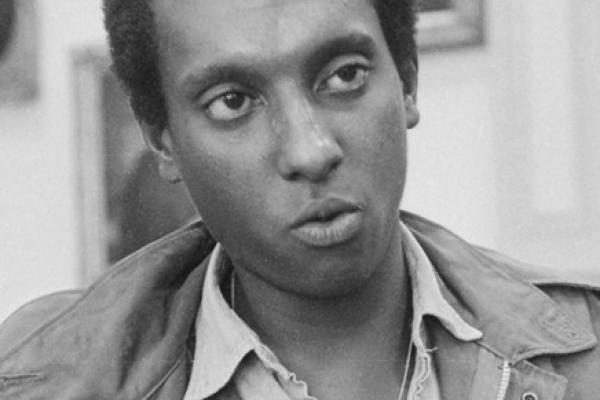
Kwame Ture (formerly Stokely Carmichael) at a January 1966 press conference in Mississippi. Carmichael was a model and inspiration for Black Power, a revolutionary idea he popularized. His militant activism and advocacy for Black racial pride and self-determination, as well as his relentless anti-imperialism, were hallmarks he shared with his militant precursors King, Malcolm X, and Robeson.

The stage and nightclub comedian Redd Foxx, star of the popular 1970s television comedy “Sanford and Son.” In his autobiography, Malcolm glowingly described his speakeasy buddy as “the funniest dishwasher in the world.” Foxx’s moniker was “Chicago Red,” which distinguished him from Malcom’s “Detroit Red.”
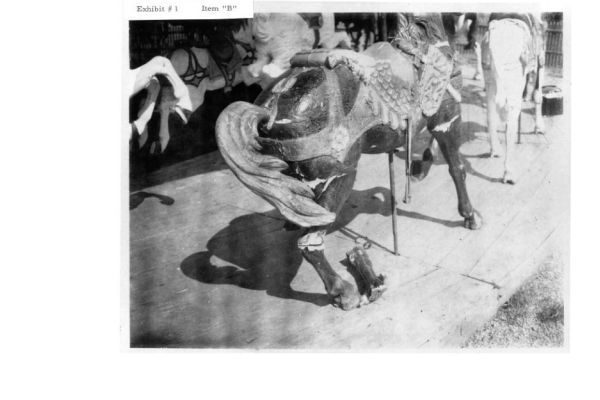
Typical condition of the 52 animals at the time of the dismantling of the Dentzel Carousel in 1966.
Excited spectators pack the stands of the Arena at a 1966 76ers and Celtics game.
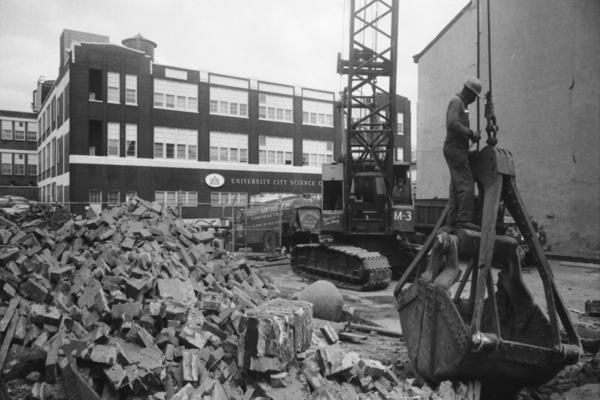
This photo shows the demolition of a building near the southwest corner of 34th & Market St. In background, the Science Center headquarters building on the north side of Market. In January 1965, the Science Center Corporation acquired the building from the Stephen Greene Company printing firm.
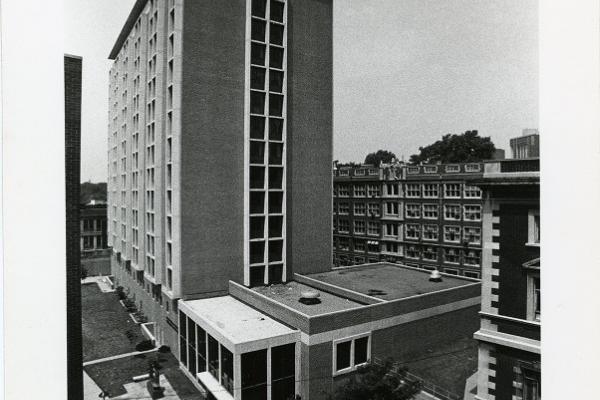
PGH completed Blockley Hall, a 16-story residence hall for its nursing students, in 1964. This photo shows the building in 1967, seven years before PGH’s closing. The University of Pennsylvania trustees purchased Blockley Hall from the City in 1985. Located at 423 Guardian Avenue, The building today is used by the Perelman School of Medicine for offices and work spaces.
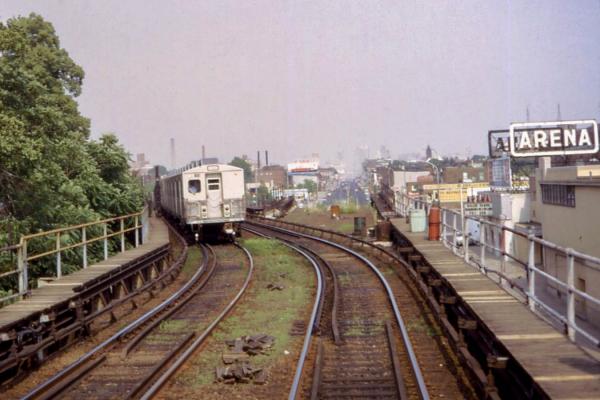
The Arena's marquee was highly visible to Market Elevated passengers traveling to or from the city.

This photo from 1970, taken on the PGH grounds (foreground), shows the relationship of the public hospital to Convention Hall, which formed part of the Civic Center. Exhibition Hall (not in the photo), also part of the Civic Center, stood south of Convention Hall, opposite PGH on Civic Center Boulevard. At this point, PGH was seven years from the date of its closing.
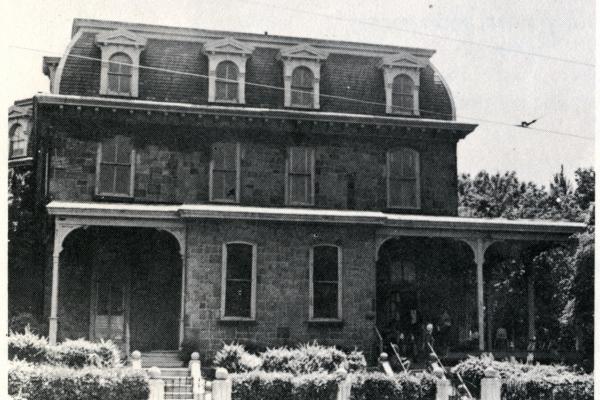
House Three, located at 4226 Baltimore Avenue, was acquired in the spring of 1970.
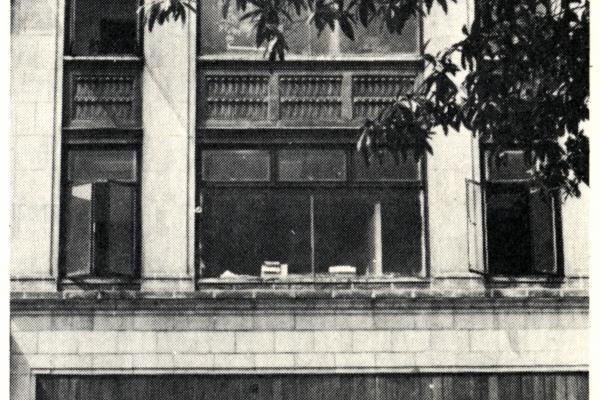
House Two, located at 3625 Walnut Street, was initially used while House One was prepared for occupancy and was later approved as the location for the second house.
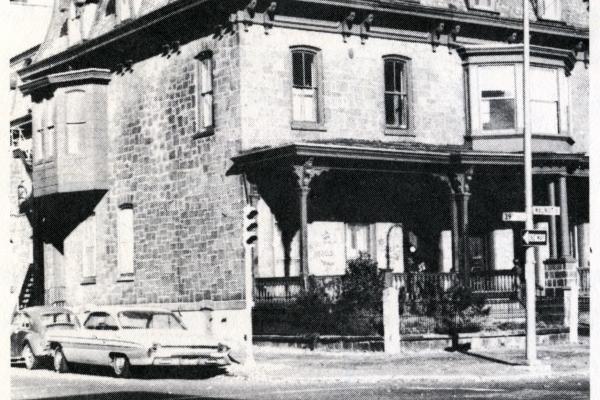
House One, located at 3833 Walnut Street, opened in February 1970.